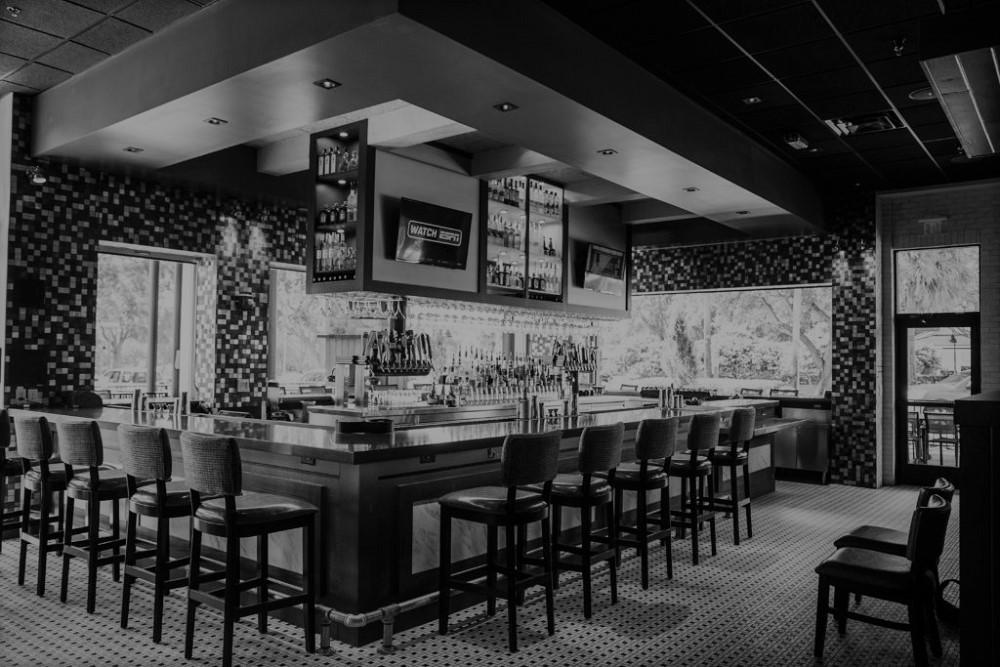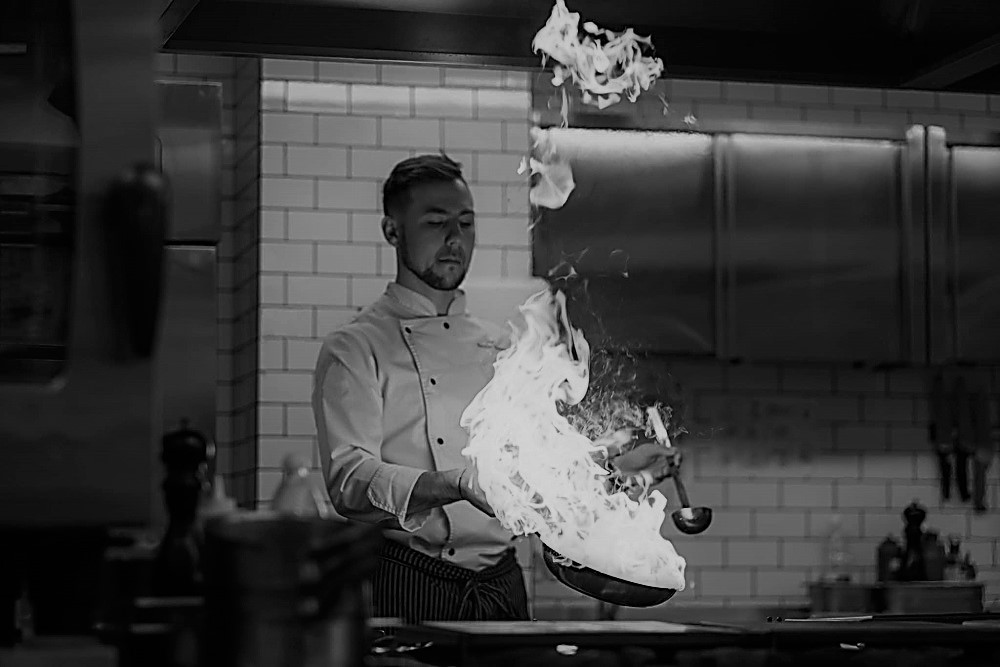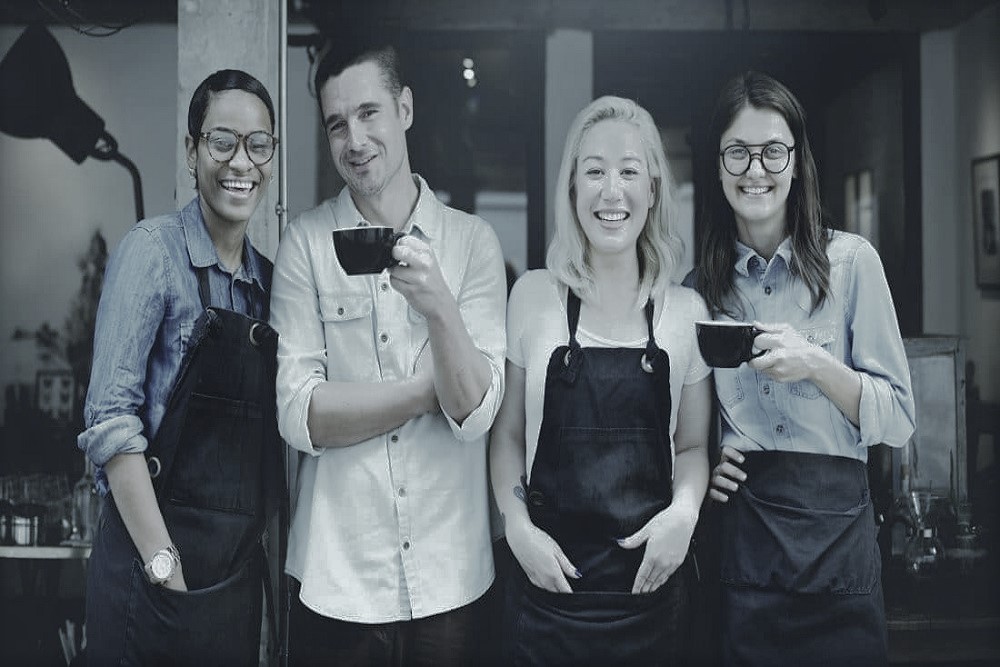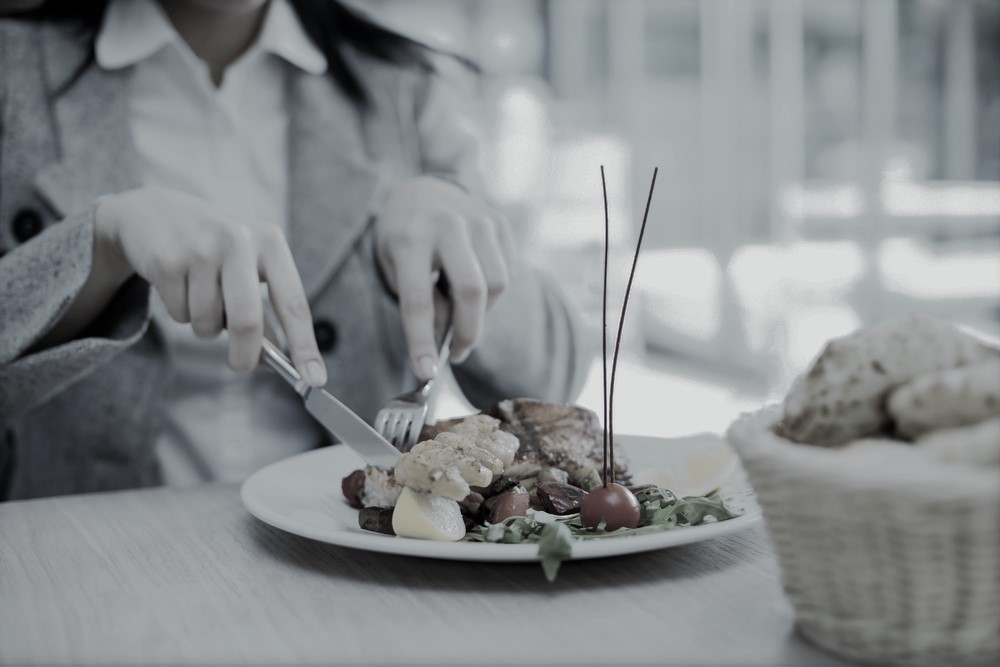How Restaurants Can Avoid the Dead Ends of Delivery
Originally Posted on RestoBiz – By Doug Radkey 07/09/2018
I recently saw a screenshot from a consumer using a third party delivery application. After a delivery fee, a busy area fee (what?) and delivery fee taxes, a meal that was listed as $8.89 on the menu ended up costing them $30.36. Of that, the restaurant earned a mediocre $6.67 of that order. It’s not exactly a traditional breakdown of revenue, and restaurant operators are struggling to adapt to the ever-changing restaurant landscape.
Delivery has disrupted the restaurant industry more in the last five years than anything else. Digital ordering paired with the outsourcing of delivery has impacted restaurant traffic, revenue, profit and overall restaurant operations like no other piece of industry-wide technology.
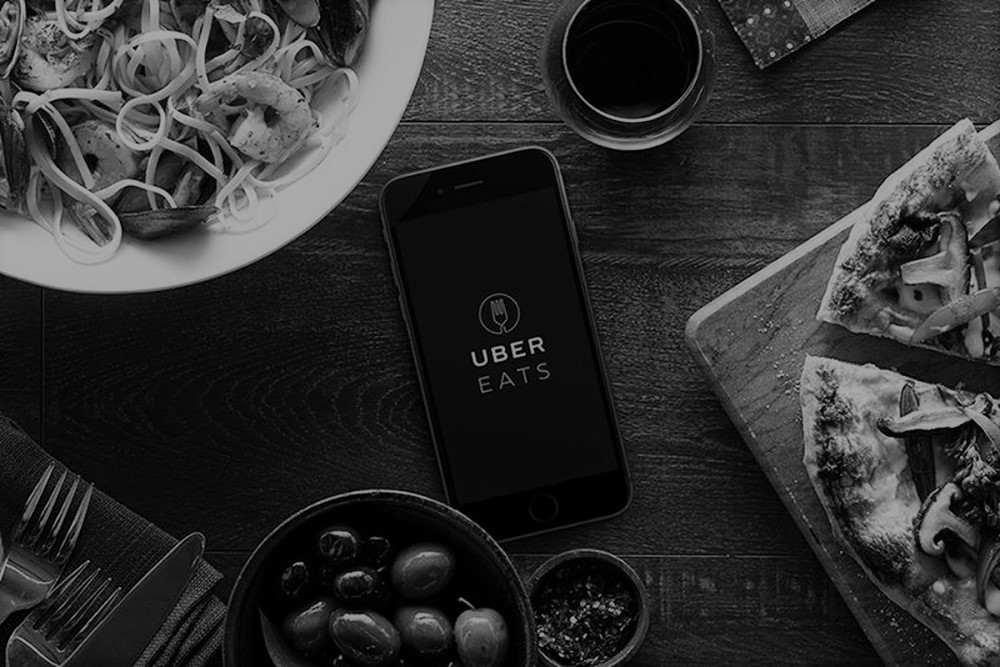
The Here and Now
No longer just for the pizza or Chinese food segments, consumers can now dine at home or work with the same quality food found at their local fine dining restaurants. With consumers so accustomed to shopping online, it was no surprise to see non-traditional restaurants take advantage of the opportunity when it presented itself. But while the numerous positives seemed self-evident — a new revenue stream, more access to customers, more seats available for visiting customers — the negatives quickly became apparent as deliveries got underway across the world.
Third-party applications like UberEats, DoorDash and Foodora, represented on the backs of the small army of cars or bicycle couriers that sport the companies’ large, cubic bags, have largely made the delivery revolution possible. That revolution is far from free; restaurant operators can typically expect to give away 25 to 30 percent of the revenue generated by delivery to the third-party services that enable it, a cost that often ends up eroding the restaurateur’s bottom line.
By the Numbers
Restaurants typically spend an average of 30 to 35 percent in food costs, 25 to 30 percent in labour costs, 10 to 12 percent for leasing, plus minimal space for numerous other ancillary costs. At the end of the day, it leaves an average profit margin of approximately four percent. It’s already cut-throat, but with the added 25 to 30 percent for delivery, it’s simply brutal.
Consumers are driving the shift to third-party delivery, demanding convenience and high-quality, atypically-delivered food. Restaurant operators are in a bind: sign up for a third-party delivery service and relinquish a quarter to a third of their delivery-derived revenue, or miss the boat entirely. It’s not an easy decision.
Best Practices
It seems like most opt to take the plunge, which opens the door for a host of new issues. At one step of remove, restaurants’ relationships with their customers change. Operational headaches that are otherwise immediately addressed in the dining room are left in wonder. Even if a dish is perfectly cooked, it might be delivered cold, or outside the estimated timeframe, or jostled around until it falls apart. If it persists, it’s only a matter of time before it affects the restaurant’s reputation.
Dine-in traffic is reduced, as well. Restaurants risk demolishing their more profitable dine-in revenue by encouraging customers to stay at home and order. This is where the high-levels of profit from beverages, upselling and overall menu engineering strategies are lost. Restaurants must focus on the guest experience more so now than ever before, to draw in guests and encourage the guest to spend that noted $30.36 in-house.
In-House Delivery Solutions
Many immediately throw this idea out the window. The first thing you should do is consider an in-house delivery platform, with the use of a cost-effective digital ordering platform that is tied into your point-of-sale system.
Consider completing a cost comparison analysis based on your projected delivery orders while also considering insurance, staffing, and other startup delivery platform costs.
You may be surprised by the outcome. Numerous studies have suggested that in-house delivery platforms will operate at over 50 percent less than that of employing the services of a third party. If you’re willing to put in the effort to develop and execute a winning strategy, you will undoubtedly keep your brand messaging consistent while producing higher profit margins, controlling the delivery costs, keeping consumer data in-house, and maintaining your quality control efforts.
Going Third Party
While 25 to 30 percent is the norm, negotiation is still on the table, and it may be easier than you think. What could a reduction of 3 to 5 percent of commissions for example, mean to your bottom line over the course of a year? If, let’s say, UberEats isn’t willing to negotiate with you, then consider speaking to Foodora, or vice versa. Take control of the conversation.
Your delivery window is your control, as well. Limit it to off-peak hours of operations only, and encourage dine-in or pick-up only traffic through the use of effective experiences plus marketing and advertising during your peak-times to control kitchen operations, overall quality and, most importantly, your profit margins.
Similarly, it’s vital you limit what you deliver. Some items command a solid price point and still look good upon delivery, despite the bumps in the road. That elaborately prepared entree that your kitchen puts together with tweezers? Probably not so much. If a dish can barely survive the trip from the pass to a table intact, best not ask someone on a bike to rush it across town.
The Road Ahead
Delivery is only going to keep growing, and operators have the opportunity to take advantage of the new trend. But done haphazardly, they risk losing their hard-earned dollars, delivery by delivery.
Restaurateurs need to understand the risks and options available to them, and integrate the radically different profit margins into their day-to-day business.
Do your research and understand your brand, know your target market, and put the effort into analyzing the variety of options that are available to you.
The long-term viability of your restaurant may just depend on it.


